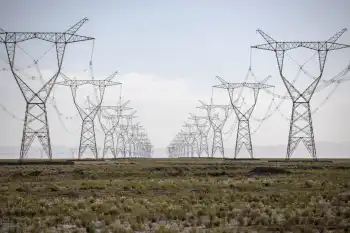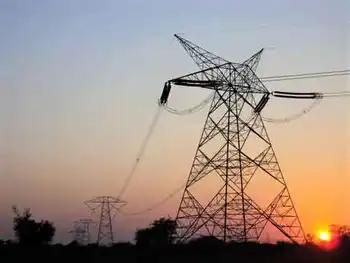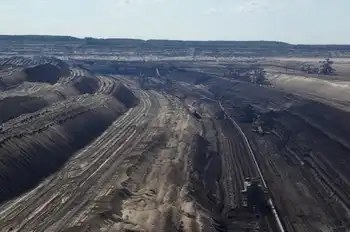Gadgets show how much power your house eats
By Wall Street Journal
NFPA 70e Training
Our customized live online or in‑person group training can be delivered to your staff at your location.

- Live Online
- 6 hours Instructor-led
- Group Training Available
An array of gadgets are vying to serve as electricity personal trainers, monitoring home power use minute by minute, and making you feel guilty about indulgences like blasting the air conditioner.
I have been testing three of these devices, the Power Monitor from Black & Decker Corp., the very similar PowerCost Monitor from Blue Line Innovations Inc., and the more-sophisticated The Energy Detective 5000 from Energy Inc. In my tests, the Black & Decker model provided the most effortless electricity-tracking service. At $99.99, it is also the least expensive.
The devices provide real-time data about how much power youÂ’re using across the house in terms that are easy to comprehend: cost per hour and cost per month. Turn on the microwave and watch the cost jump from 10 cents to 25 cents an hour. Turn off some lights and see the cost drop a few cents.
The firms say their customers have, over time, seen drops of as much as 20% in power bills by being more mindful of electricity use and making informed purchases. An independent Oxford University study in 2006 found that people getting direct feedback on their power consumption reduced use 5% to 15%.
After I began monitoring, my most-recent electricity bill dropped $10 from the month before — but that could also be due to my living in a city where air conditioning isn’t a summer necessity. I find myself thinking more about electricity, and even running back into the house to make sure the lights are out.
The monitors sold by Blue Line and Black & Decker are almost identical, because theyÂ’re both manufactured by Canada-based Blue Line. The Blue Line model costs $109, is a bit larger, and features a slightly longer range for the wireless signal that transmits power use from your electric meter.
Connecting these two devices to my electric meter was simple. First, loop a metal belt around the glass dome covering the meter. Then align a sensor attached to the belt on top of the glass to read the data collected by your meter. On my old-style meter, the Power MonitorÂ’s sensor keeps track of how fast a dial rotates. The companies say their products work with about 90% of meters in North America.
The sensor you attach to the electric meter wirelessly sends raw data to a digital monitor that is kept inside the house. Before using the monitor, you have to enter data from your electric bill, but finding the right data can be tricky. Black & DeckerÂ’s instructions on this are relatively clear, and entering the data into the digital monitor involves a process similar to setting an alarm clock.
The digital monitors, about the size of a large remote control, can sit in one room or travel about the house. A button labeled “tare” on the Black & Decker model helps you calculate how much electricity is being used by any single appliance that you can turn off and on.
The Black & Decker model features a rudimentary display that only reports the aggregate power use for your house at any given time. It canÂ’t go back and show you changes over time.
But the latest model from The Energy Detective, known as TED, connects directly to a houseÂ’s power supply for a more-precise read than the Black & Decker. It comes with software that graphs how use patterns change over time. The TED 5000 costs $199.
But installing TED requires turning off your home’s main power line and inserting a sensor into your circuit breaker — a process that the company says should be done “by qualified personnel only.” I sought help from a friend who has a lot of wiring experience, but after several hours, we were unable to make TED work. My issue was likely a decades-old circuit breaker. The company said my configuration is atypical and that problems like this are rare. A colleague has been using TED for several weeks after hiring an electrician to install it.
While TED 5000 offers many more advanced tools for sleuthing your homeÂ’s electricity waste than the other models, all of its sophistication wonÂ’t necessarily help the average user do much of a better job remembering to turn off the lights. For most of us, the large cost-an-hour sign on the Black & Decker Power Monitor offers the only feedback we really need.
And before buying any of these devices, keep in mind that many utility companies are installing a new generation of so-called “smart” meters, which not only measure real-time power use, but also offer two-way communication with the power company to help cut costs. And Google Inc.’s nonprofit foundation is working with power companies on a free service that connects data about your power use into an online widget.











